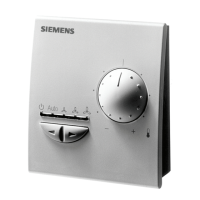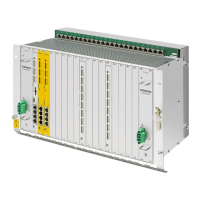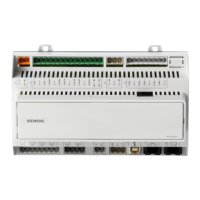Communications configuring
3-290 System- and communication configuring D7-SYS - SIMADYN D
Edition 12.2003
3.25.2 System load, response times
Service is actually processed in a sampling time of approximately 32 ms.
(The sampling time, specified at the SER blocks is therefore not decisive
for processing.) In the sampling time used, the service blocks have a
certain computation time available, and more precisely, a maximum of
one basic clock cycle (T0).
NOTE
The ratio of the basic clock cycle T0 to the sampling time used defines
the CPU performance available and therefore the system load.
Basic clock cycle T0=1ms; selected sampling time=32ms
• Every 32 ms, 1 ms is reserved for the service utility
• System load=1 ms / 32 ms=0.03125=3.125 %
Basic clock cycle T0=2ms; selected sampling time=16ms
• Every 16 ms, 2ms is reserved for the service utility
• System load=2 ms/16 ms=0.125=12.5 %
The computation time available is evenly distributed among all of the
service blocks (there is no priority). This means, that as long as time is
available, if possible, all SER blocks are executed once. An SER block
processes a maximum of one task per each clock cycle. If the reserved
computation time isn't fully used, for example, as there is no task to
process, then this computation time is made accessible to the system.
For multiple configuring and simultaneous access to system resources
which are only available once (e.g. EEPROM), the first to request a
resource is the first to receive it. All others are rejected and an error
message is output, at the latest after 1 s ("resource occupied").
General
Example 1
Example 2
Computation time
Resource
distribution

